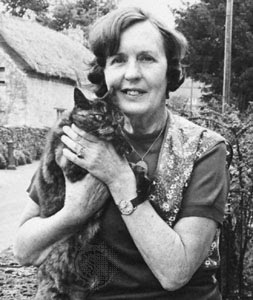The Solar Eclipse and Maria Mitchell
By Ellen Tsagaris
Popular Astronomy Club
On March 20, 2015, the next solar eclipse will be visible.
NASA’s Solar Eclipse Page
provides tables of past and future solar eclipses, along with graphics and
other pertinent information.
A solar eclipse takes place, of course, when the moon passes
between the sun and the earth. Once this
occurs, the moon partially or totally hides the sun. Then, the moon casts a shadow on the earth.
For a solar eclipse to occur there must be a new moon
because the eclipse can only take place during the phase of the new moon, which
makes it possible for the moon to cast its shadow on the earth.
Such an event has been billions of years in the making,
truly awesome when one considers that since its formation almost 4.5 billion
years ago, the moon has been steadily pulling away from the earth. According to
Space.com, the moon has been moving away from the earth by about 1.6 inches
each year. Furthermore, the writers at
Space.com point out that “right now the moon is at the perfect distance to
appear in our sky exactly the same size as the sun, and therefore block it out.
“
The Bible mentions a solar eclipse in Amos 8: 9, “I will
cause the sun to go down at noon, and I will darken the Earth in the clear
day.” Other references from Ancient
China and Nineveh
have also been documented.
Most solar eclipses are very short, with some of the longest
recorded at 7 minutes 31 seconds. During this time, the corona, the outer
atmosphere of the sun, is visible.
The March eclipse will not be visible in the Quad City
area, unfortunately. A total solar eclipse will be visible in Svalbard, Norway and the Faroe Islands, while a partial
solar eclipse will be visible in Europe, northern and eastern Asia and northern
and western Africa
The last solar eclipse was only a partial eclipse and
occurred on October 23, 2014.
Celebrated astronomer Maria Mitchell (1818-1889) made the
study of solar eclipses her specialty. Mitchell was born to Quaker parents who
believed in educating equally their sons and daughters. She learned to love astronomy through helping
her father, and one evening, she helped him calculate their home’s position by
observing a solar eclipse. Mitchell became famous after she discovered a comet
in 1847. The King of Denmark awarded her
a gold medal for her discovery of the comet. In 1856, Mitchell became a professor of
astronomy at Vassar
College.
Maria Mitchell was an admired and beloved teacher who
inspired her students and believed woman could achieve the same accomplishments
that men did, if they could only be given a chance. She believed creativity and science worked
well together, and one quote attributed to her reads: “We especially need
imagination in science. It is not all mathematics, nor all logic, but it is
somewhat beauty and poetry.”

